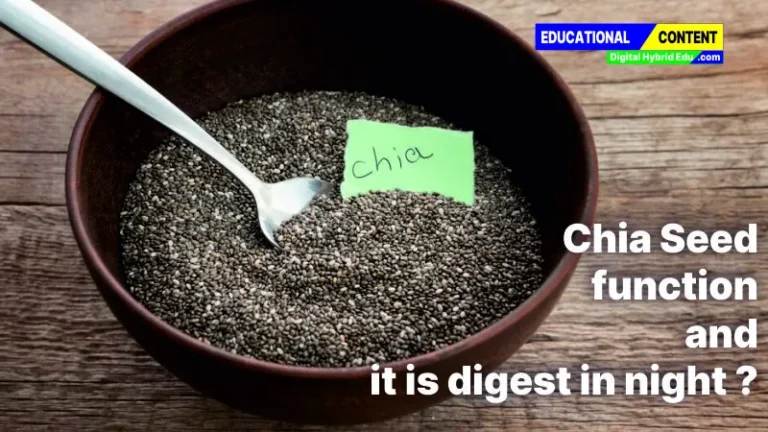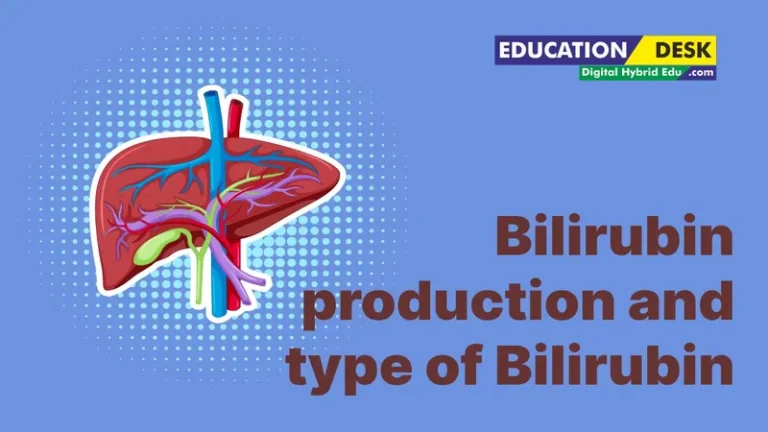Nucleic acids Structure and Function of Nucleus
Hereditary apparatus of the cell, Nucleic acids, Structure and Function of Nucleus.
Table of Contents
ToggleNucleus–Nucleus is the main part of Cell and control in Cell function.Nucleus contains most of gene and RNA and Protein Store etc. Nucleus is double membrane organelle.
Structure of Nucleus: The cell nucleus consists of
- Nuclear membrane (nuclear envelope)
- Nucleoplasm
- Nucleolus
- Chromatin
Nucleoplasm, also known as karyoplasm, is the matrix present inside the nucleus.
Nucleoplasm is Nucleus in side the present matrix is known as Nucleoplasm.
Nuclear envelope or Nuclear Membrane : Nuclear Membrane separate to Cytoplasm and Nucleus.It is double layered Membrane.Outer layer endoplasmic reticulum . The inner nuclear membrane is enclose to Nucleopasm .It is Covered is known as Nuclear lamina.
It is connected to the outer membrane by nuclear pores which penetrate the membranes.Nuclear pore by Exchange Cytoplasm to Nucleus (Proteins and RNA ).
Nucleolus: It is Present onside the Nucleus in Spherical Shape .Nucleolus Role in Protein Synthesis by Producing Ribosomes. Nucleolus disappears when a cell undergoes division and is reformed after the completion of cell division.
Chromatin: Chromatin – the form and appearance of DNA during interphase in the cell nucleus. it condenses to form the fully supercoiled chromosomes during cell division.
It consists of a complex of nucleic acids – DNA and RNA (40%) and proteins (60%), primarily histones, which provide for the first level of DNA supercoiling.
Chromatin is found in two varieties: Euchromatin and Heterochromatin
Euchromatin: It is inside the Nucleus and Thread like Structure and Light Packed .It is active transcription.
Heterochromatin : It is in side the Nucleus envelop or Nucleus Membrane. It is tightly Packed From DNA
Heterochromatin functions:Gene regulation and Protection of the integrity of chromosomes.
Heterochromatin comes in different varieties: constitutive and facultative.
Both play a role in the expression of genes.
Constitutive heterochromatin is usually repetitive and forms structural functions such as centromeres or telomeres.
Facultative heterochromatin is not repetitive and although it shares the compact structure of constitutive heterochromatin, facultative heterochromatin can, under specific developmental or environmental signals, lose its condensed structure and become transcriptionally active. (One word Function Less).
Structure of a metaphase chromosome
he chromosome becomes compact and highly condensed.In preparation for division, Chromosomes are visible by light microscopy when they are this condensed – this is why metaphase spreads are used for much cytogenetic analysis work.
Karyotype
Karyotype is show on Number of chromosome and Size and Shape of Chromosomes in Nucleus in Eukaryotic Chromosome .
There are two category of chromosomes relies on their function.
Autosomes chromosomes: They are exists in all the organisms’ cells. They manage the somatic features of an organism. In the human being diploid cell, 44 chromosomes are autosomes while the rest two are sex chromosomes.
somatic features: It is a Body organ Making like hand ,heart,brain etc . It is Diploid Chromosome (2n). Its like Autosomes Chromosomes.
Germ Cells : It is Participate only Sex Chromosome and it is formation Testis (Male)and Ovary (Feamle). It is Haploid Chromosome (n).
Nucleotide -Nucleotide is monomer (unit) of DNA. Nucleotide Consist of 3 unit
(Monomer is a small unit of Substance or Molecule ) (Polymer is a more small unit of Substance or Molecule compose polymer or More monomer link to each other (chain) and compose Polymer ).
मोनोमर का मतलब 1 यूनिट और कई मोनोमर मिलकर कर बना सकते है पॉलिमर
- Nitrogenous Bases (nucleobase)
- Phosphate
- Deoxyribos Sugar
Each single strand of DNA is a chain composed of four types of nucleotides
Four type of Nucleotide
Nucleotides: adenine (A), thymine (T), guanine (G), and cytosine (C).
Nitrogenous bases are divided into two groups: the purine and pyrimidine.
Under the Purine Nucleotide- Learn for Trick (P-GA पीजीय)
- Guanine (G)
- Adenine (A)
Under the pyrimidine Nucleotide- Learn for Trick (PY-TC पाये टीसी )
- Thymine (T)
- Cytosine (C).
Three Nucleotide code 1 codon (1 triplet)
Hydrogen Bonding with Nucleotide (Principle complementarity)
A (double bond) T Always Bonding
G (Triple bond ) C Always Bonding
Chargaff”s Rule According to bonding Given Rule Bellow
- Adenine must pair with Thymine Guanine must pair with Cytosine
- The number of adenines approximately equaled the number of thymine, and the number of guanines approximately equaled the number of cytosine (in %).
- The sum (total amount) of nucleotides in a DNA molecule equals 100%
Also Read this Article
Primary structure
Primary structure consists of a linear sequence of nucleotides that are linked together by phosphodiester bonds.
Secondary structure of DNA
Secondary structure is DNA double-stranded. The two strands of DNA are held together by hydrogen bonds.
Double Helix DNA Nucleotide Nitrogenous base and Phosphate Bonding Gap between 2 manometer and Combine Nucleotide Anti parallel (difference 0.3 manometer ) like One Side 5′ to 3′ and second Side 3′ to 5′ .
Principles of the secondary structure formation
Principle complementarity)
- A (double bond) T Always Bonding (RNA T Replace U ,Uracil )
- G (Triple bond ) C Always Bonding
Principle of antiparallel DNA formation
- Two strands of DNA are anti-parallel.
- The polarity of one strand is oriented opposite to that of the other strand.
- One strand of DNA goes from 5’ to 3’ (sugar)
- The other strand is opposite in direction from 3’ to 5’ (sugar)
The double helix of DNA was deciphered in 1953 by James Watson and Francis Crick
Properties of DNA
- Replication – ability to self-doubling
- Repair -ability to restore the structure after damage
Functions of DNA
Genetic information Storage,Transfer,and realization
Structure of the Ribonucleic acid (RNA)
A single-stranded molecule and has a shorter chain of nucleotides.
Nucleotide -Nucleotide is monomer (unit) of RNA. Nucleotide Consist of
- Carbohydrate Component – Ribose
- Phosphate Group
Under the Purine Nucleotide- Learn for Trick (P-GA पीजीय)
- Guanine (G)
- Adenine (A)
Under the pyrimidine Nucleotide- Learn for Trick (PY-UC पाये युसी )
- Uracil (U)
- Cytosine (C).
- A (double bond) U Always Bonding
- G (Triple bond ) C Always Bonding
Cytoplasm inheritance – Cytoplasm in present Gene is known as cytogenes .(Cytogenes told because Mitochondria is present in cytoplasm and in mitochondria Present DNA, in DAN Present Gene ).
inheritance- Gene Transfer to one Generation to an other Generation is Called Inheritance .(Parent to offspring )
inheritance of cytogenes transfer from female only.
Extrachromosomal Inheritance –
The genes governing cytoplasmic inheritance are called “plasma genes”, “cytoplasmic genes”, “cytogenes” or “extranuclear genes”. While the sum total of the extrachromosomal genetic material is known as plasmon and this type inheritance is known as extrachromosomal inheritance. (Found in Cytoplasm) .
Basis of Extranuclear Inheritance
Cell organelles (Found in Cytoplasm)
- Chloroplasts
- Mitochondria
This DNA is the basis of cytoplasmic inheritance and is called plasmid.
It has been demonstrated that these organelles have their own system of protein synthesis.
Plasmid is a small DNA molecule.
Mitochondrial inheritance
There are about 500 mitochondria in each human cell. Muscle cells have more because they need additional ATP to function. The 16,569 base units of human mitochondrial DNA (mtDNA) have only 37 genes of which 13 code for proteins.
DNA replication Stage
- Initiation
- Elongation
- Termination
- Modification






